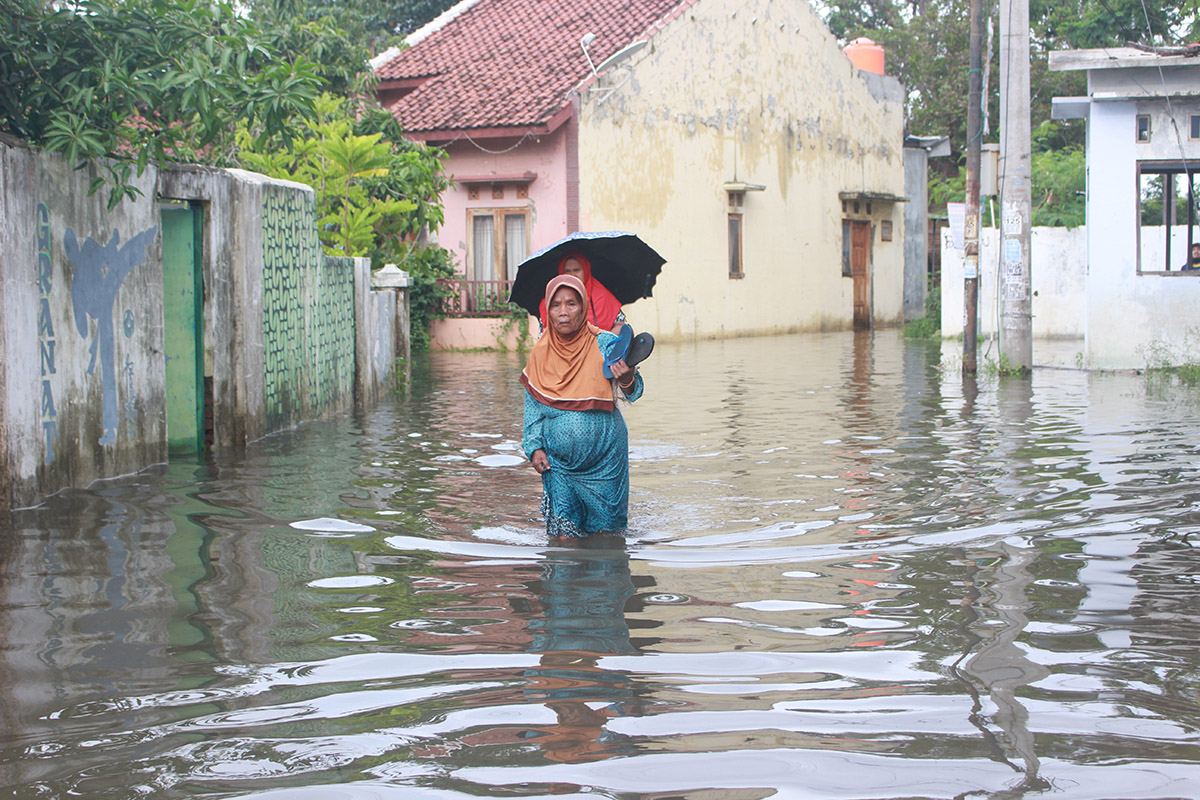Battling for Life – The Grim Reality of Living in a Gas Chamber
February 13by G Sai Prashanth
Residents of Delhi are forced to face a terrifying battle against the worst pollution of this season. With dropping temperatures and the sharp fall in air quality, the city is witnessing a consistent shift from ‘very poor’ to ‘severe’ air quality. The residents are forced to breath air full of toxic chemicals. According to experts, exposure to high levels of particle pollution for even one hour can have detrimental effects on one’s health. Lung inflammation brought on by the contaminants can impair lung functionality. Individuals with pre-existing respiratory conditions, such as asthma or Chronic obstructive pulmonary disease (COPD), are at a higher risk because exposure can aggravate their condition.
The city’s air quality has gotten worse due to stagnant air caused by weak winds that have failed to disperse the contaminants. Vehicle emissions and industrial pollution are the main causes of the serious and drastic fall in air quality. According to Dr. Karan Madan, Associate Professor in the Department of Pulmonary, Critical Care, and Sleep Medicine at AIIMS Delhi, the number of OPD patients with respiratory conditions such as asthma and COPD has suddenly increased, reported the Times of India.
According to a study published in the Lung India journal, the high prevalence of asthma, respiratory symptoms, allergic rhinitis, and eczema among teenage children in the polluted city of Delhi was found to be substantially correlated with a high body mass index (BMI). An elevated risk of mental illnesses, such as depression, schizophrenia, bipolar disorder, and personality disorder, is consistently and strongly linked to exposure to high levels of air pollution. An analysis of studies revealed evidence linking air pollution to a higher risk of suicide thoughts and actions as well as symptoms of depression making children and adolescents especially vulnerable during crucial stages of brain development. Additionally, they discovered evidence of related anatomical and functional alterations in the brain through neuroimaging.
One of the main causes of pollution levels and a serious health hazard is PM2.5, a small particulate matter that can enter the respiratory system deeply and cause respiratory issues. Various monitoring agencies reported that Delhi’s air quality score is ranging from 200 to 500 when the acceptable threshold is less than 100.
With masks becoming a common wintertime adornment, owing to the epidemic, the majority of surgical and fabric masks that were used at the time are ineffective against the tiny particles of pollutants that penetrate the bloodstream and deep into the lungs. N-95 masks can shield wearers from particulate matter, but they are unable to shield users from gaseous pollutants like ozone, sulfur dioxide, and nitrogen dioxide. To guarantee a better future for its residents, government agencies, medical professionals, and citizens must work together to address Delhi’s pollution. problem. Considering Delhi as the gateway for India’s growing economic power, agencies concerns must address this issue with great urgency.






